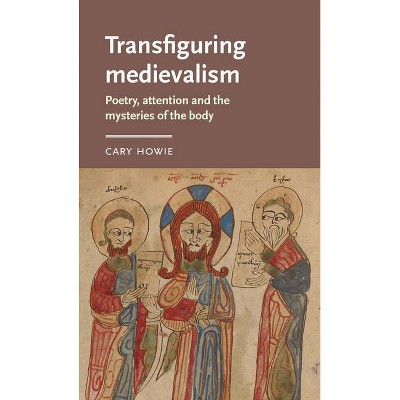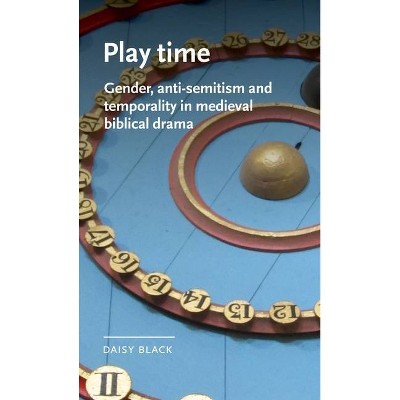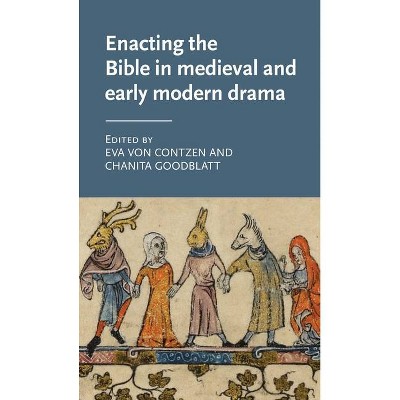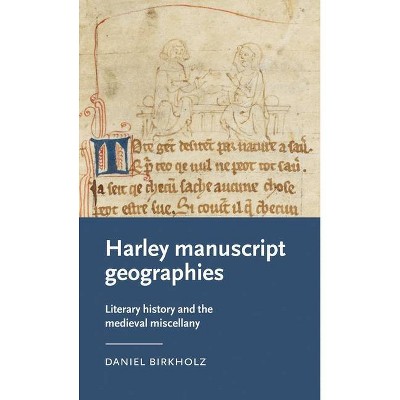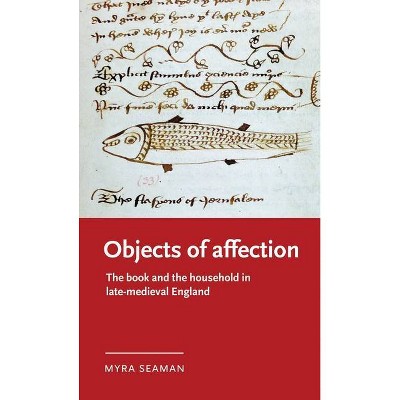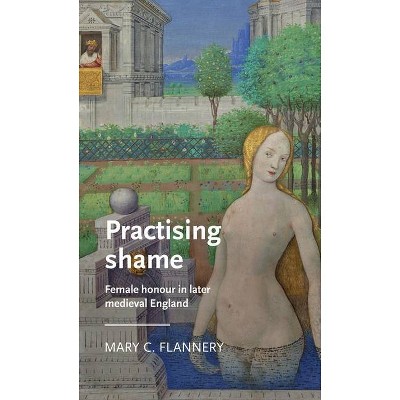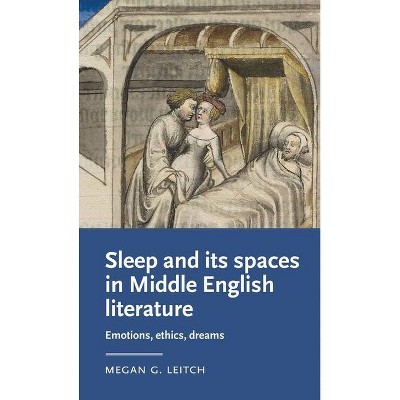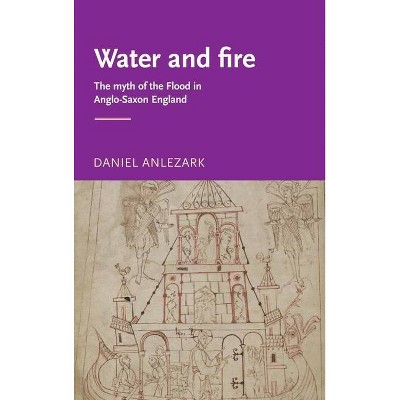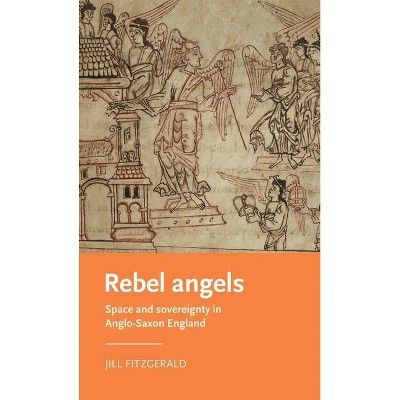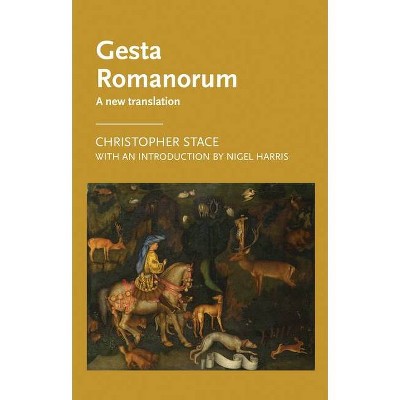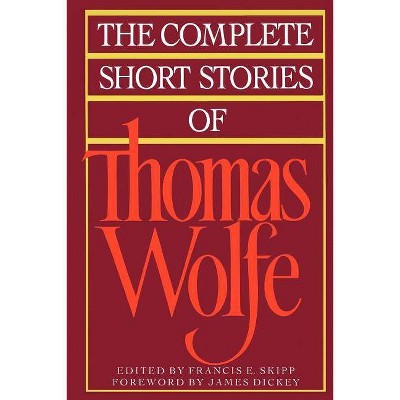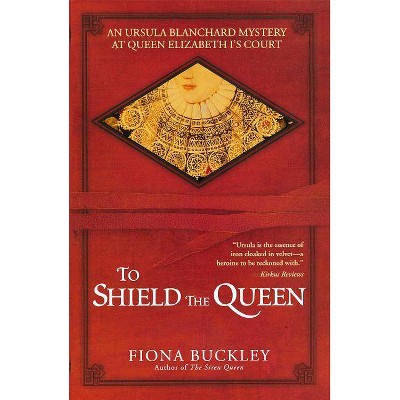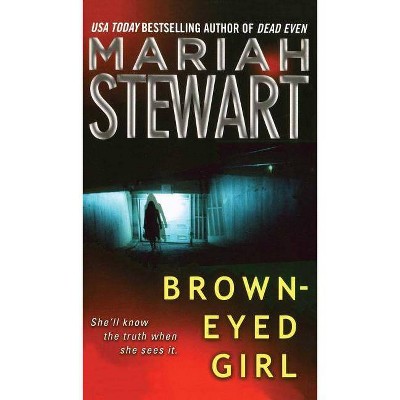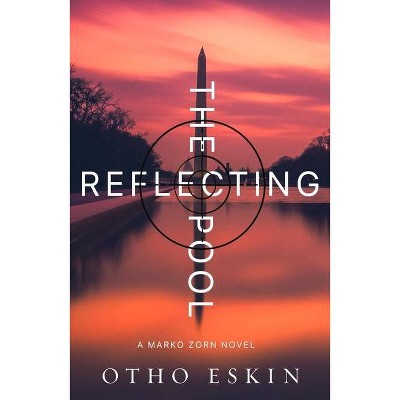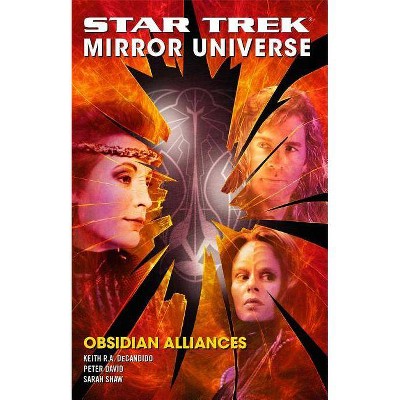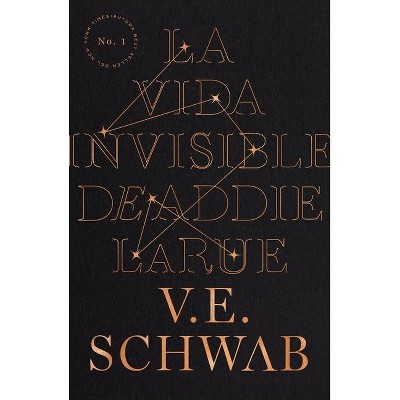Nonhuman Voices in Anglo-Saxon Literature and Material Culture - (Manchester Medieval Literature and Culture) by James Paz (Hardcover)
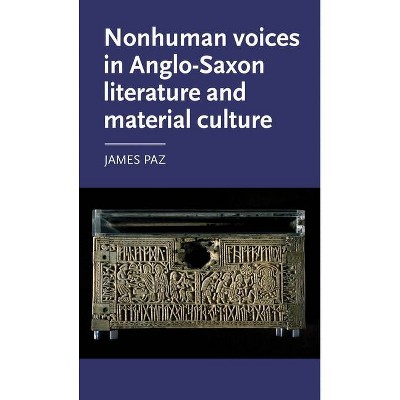
Similar Products
Products of same category from the store
AllProduct info
<p/><br></br><p><b> About the Book </b></p></br></br>This book explores the voices of nonhuman things in Anglo-Saxon literature and material culture, making a valuable contribution to 'thing theory'.<p/><br></br><p><b> Book Synopsis </b></p></br></br>Nonhuman voices in Anglo-Saxon literature and material culture uncovers the voice and agency possessed by nonhuman things across Anglo-Saxon literature and material culture. It makes a new contribution to 'thing theory' and rethinks conventional divisions between animate human subjects and inanimate nonhuman objects in the early Middle Ages. <p/>Anglo-Saxon writers and craftsmen describe artefacts and animals through riddling forms or enigmatic language, balancing an attempt to speak and listen to things with an understanding that these nonhumans often elude, defy and withdraw from us. But the active role that things have in the early medieval world is also linked to the Germanic origins of the word, where a Þing is a kind of assembly, with the ability to draw together other elements, creating assemblages in which human and nonhuman forces combine.<p/><br></br><p><b> From the Back Cover </b></p></br></br>Anglo-Saxon 'things' could talk. Nonhuman voices leap out from the Exeter Book Riddles, telling us how they were made or how they behave. The Franks Casket is a box of bone that alludes to its former fate as a whale that swam aground onto the shingle, and the Ruthwell monument is a stone column that speaks as if it were living wood, or a wounded body. In this book, James Paz uncovers the voice and agency that these nonhuman things have across Anglo-Saxon literature and material culture. He makes a new contribution to 'thing theory' and rethinks conventional divisions between animate human subjects and inanimate nonhuman objects in the early Middle Ages. Anglo-Saxon writers and craftsmen describe artefacts and animals through riddling forms or enigmatic language, balancing an attempt to speak and listen to things with an understanding that these nonhumans often elude, defy and withdraw from us. But the active role that things have in the early medieval world is also linked to the Germanic origins of the word, where a <i>Þing</i> is a kind of assembly, with the ability to draw together other elements, creating assemblages in which human and nonhuman forces combine. <i>Nonhuman voices in Anglo-Saxon literature and material culture</i> invites us to rethink the concept of voice as a quality that is not simply imposed upon nonhumans but which inheres in their ways of existing and being in the world. It asks us to rethink the concept of agency as arising from within groupings of diverse elements, rather than always emerging from human actors alone.<p/><br></br><p><b> Review Quotes </b></p></br></br><br>'I thoroughly enjoyed my "tussle" with this book. I fought it sentence by sentence, and sometimes I could not agree, but the process changed my ideas about a lot of things that I thought I already knew. That is a significant achievement.' Jennifer Neville, University of London, Anglo-Saxon Literature and Material Cultures, Speculum 94.3 (2019)<br><p/><br></br><p><b> About the Author </b></p></br></br><br><strong>James Paz</strong> is Lecturer in Early Medieval English Literature at the University of Manchester<br>
Price History
Price Archive shows prices from various stores, lets you see history and find the cheapest. There is no actual sale on the website. For all support, inquiry and suggestion messages communication@pricearchive.us
